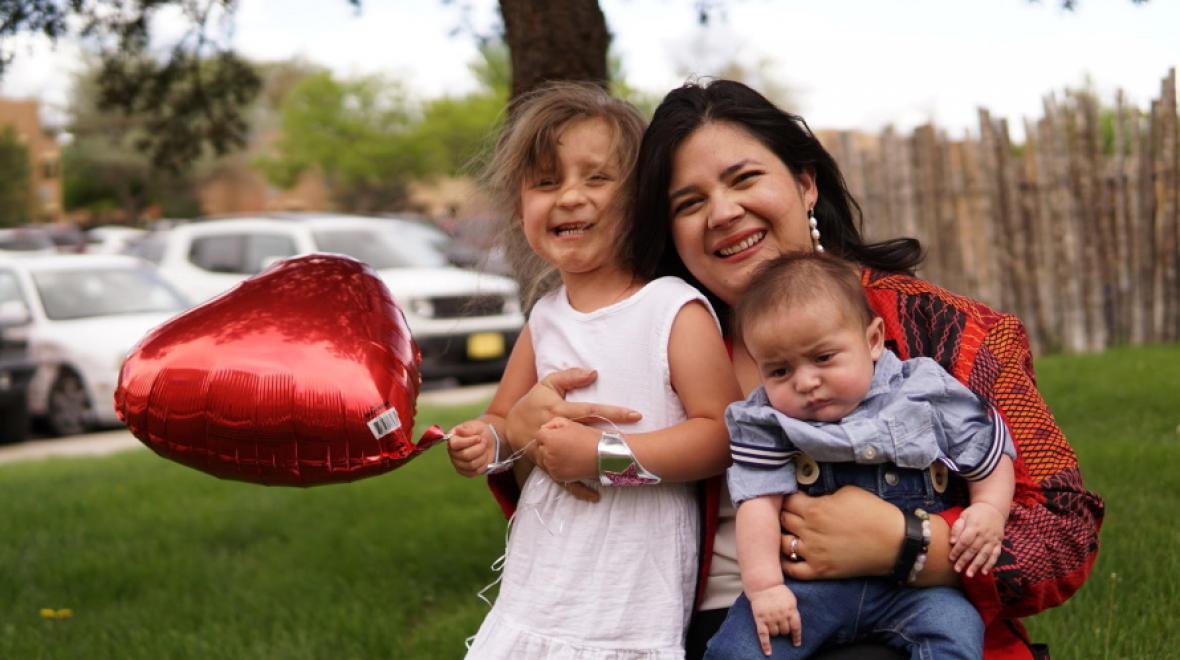
Hispanic Heritage Month (Sept. 15–Oct. 15) is a chance to celebrate the histories, cultures and contributions of American citizens whose ancestors came from Spain, Mexico, the Caribbean, Central and South America.
My family is indigenous to New Mexico, and I believe we’re ninth- or 10th-generation Americans. Due to our Mestizx heritage, we have often been colloquially referred to as “Mexican.” Mestizx is the gender-neutral form of “Mestizo” or “Mestiza,” which means “mixed.” These words are terms that are largely used by Latinx people who seek to express both their Spanish and Indigenous heritage.
Mexican-American culture is beautiful and rich, full of great artists, thinkers, activists, and just one of the many wonderful cultures that families can celebrate during Hispanic Heritage Month.
When I think about celebrating this month, I think about authenticity. Authenticity is something everyone looks for when they go to a restaurant to enjoy food from a specific culture. They want the experience as much as they want to simply have the food sustain them. This is of course tricky in America, as it can make a monolith of any culture. Countries outside of America are very diverse with cuisines that are regional and specific to what is available to the people who live there. This is important for us to share with our children as well as to keep in mind for ourselves.
Growing up in a Mestizx family in New Mexico, my diet was comprised of certain staples: Chunks of pork from our small farm stewed in green chilies, refried beans, menudo, fresh tortillas, tamales and sopapillas were all prepared with love by my grandmother. Unfortunately, when my grandmother passed, she took her recipes (none of which were written down) with her. I’ve been slowly trying to reverse-engineer the recipes myself, starting with this one.
When Grandma used to make this dish, I would turn my nose up at it. It was a strange conglomeration of sopapillas, raisins and cheddar cheese that she served as a dessert, or sometimes as breakfast. It was her take on bread pudding, and she called it “migas.”
In my mind, it was much too strange, what with all that cheese mixed with the sugar and raisins. But the amazing aroma always overpowered my logic, and I was hooked the minute I tasted it.
Migas reminds me of my childhood and growing up in a small community largely populated by other Mestizx people in rural New Mexico. That’s what feels most authentic to me. I bet many of us have a traditional or strange recipe from a relative that has become a part of family feasts and traditions. Seek it out and preserve it, because it’s a part of your family, too.
Migas
Ingredients:
- 3/4 cup shredded cheddar cheese
- 1/2 cup raisins plus 1 cup of hot water
- 1/2 cup chopped pecans
- 2 cups milk
- 2 tablespoons butter (We typically use salted, but any kind is fine.)
- 1 teaspoon vanilla extract
- 1/3 cup brown sugar
- 2 eggs, beaten
- Sopapilla mix (available in the ethnic/Mexican section of grocery stores or online)
- Vegetable oils for frying
Steps:
Start by preparing your sopapillas according to the directions on the package. The key is to use just a bit of oil when frying and keep it as hot and clean as possible.
Preheat oven to 350 degrees F.
Over low heat, warm the milk, vanilla, butter and sugar. Cook until the butter melts and leave to cool.
Meanwhile, reconstitute the raisins in the hot water.
Butter baking dish and layer in the sopapillas, cheese, pecans and raisins.
Whisk the eggs into the cooled milk mixture; pour mixture over the sopapillas. Let the sopapillas soak for 30 minutes.
Bake for 30 to 45 minutes, or until the cheese is bubbly and the edges have browned.
Enjoy!











